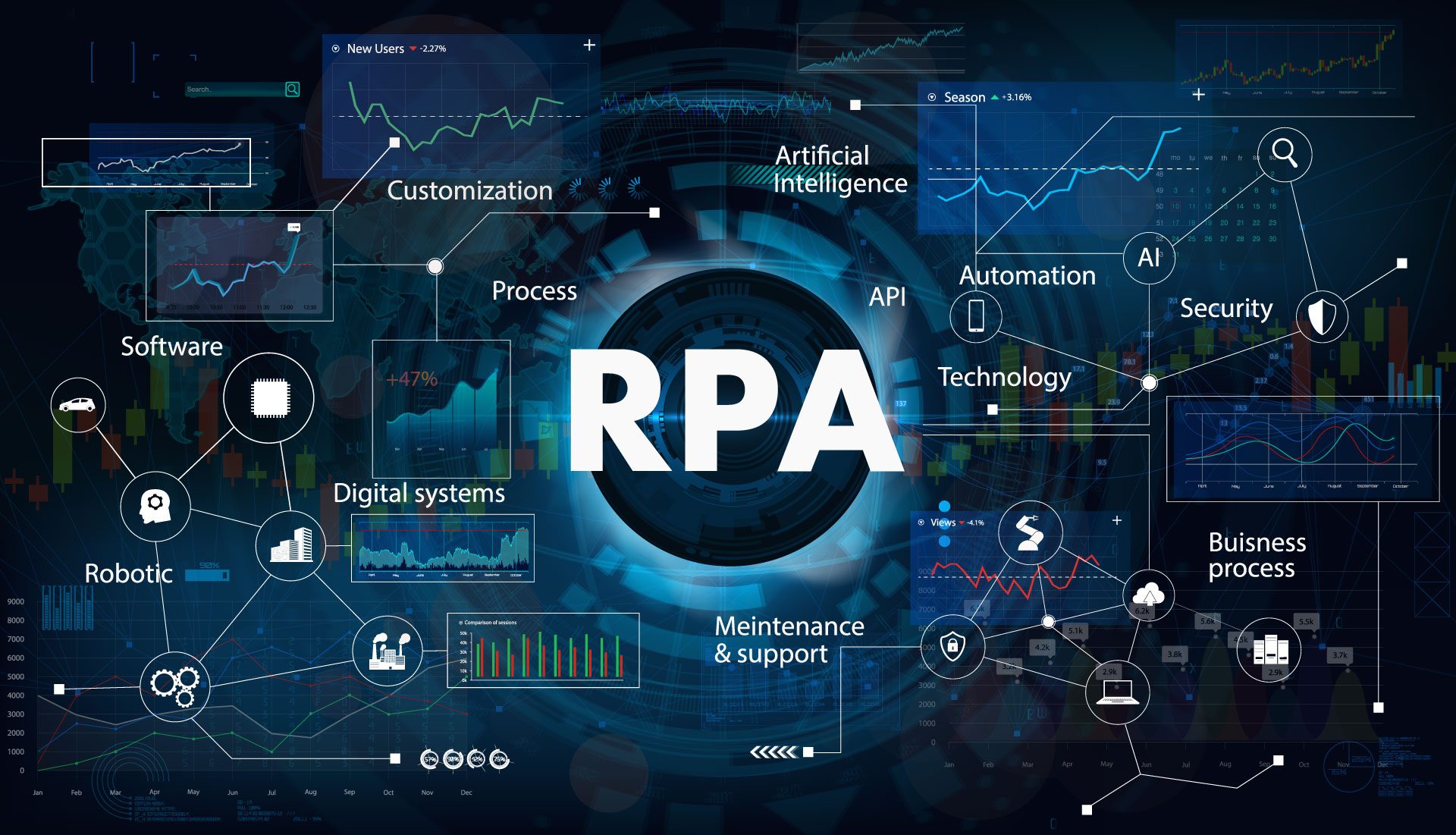
When is it the Right Time for Your Business to Automate?
Robotic Process Automation (RPA) is a term that you’ve certainly heard a lot about lately. It’s a hot topic in business, especially among business leaders with a forward-looking mindset. Though, is RPA right for you?
It would be no news if we were to tell you that RPA has gained traction to become one of the most popular technologies, adopted by businesses, to become more efficient. The fact remains that RPA has already gained the position to become an inseparable part of almost every business.
Given that most businesses acknowledge the importance of RPA, the question of when to invest in automation has come up. Or, when will the investment be profitable? All of those questions will be answered in this article, whilst helping you identify the true potential of RPA adoption.
Before that, let’s first dive into a quick look at what RPA is, and what it can be used for:
RPA: A Brief Overview
RPA, in a nutshell, uses software bots to automate routine processes that are easy to execute repeatedly, such as creating reports, tracking, handling bills, scraping data, etc.
RPA tools can essentially be used to automate any process that does not call for human judgement or specialized experience.
To minimize human involvement in repetitious tasks, software robots are trained to recognize to perfectly follow rules-based processes.
Financial management, human resources, logistics, information management, customer service, sales and marketing, among other business areas are some of the most common areas for RPA intervention.
RPA takes a two-pronged approach to benefit businesses. It not only eases work but also liberates employees from the fatigue caused by mundane tasks. Regardless of the industry, the benefit of RPA remains unchanged.
When manual work is redirected to a software bot:
- Processes become more efficient and standardized
- Completion time of the task at hand decreases
- Errors are reduced
- Employee productivity increases
- Processes become more measurable and transparent
3 Signs That it’s Time to Automate your Business Processes
#1 – Your Business Processes are Full of Bottlenecks
As your reading this, I am sure you have already started making a mental list of the processes within your organization that you already know are broken or inefficient. RPA can immediately turn a process that has been an issue into an automated process that always runs on time, always completes the process, and never makes a mistake. Additionally, RPA provides oversight and control to validate its consistency and return on investment.
An example is an AP (Accounts Payable) departments run on paper may be haemorrhaging money in late fees, duplicate payments, and costly errors.
It is estimated that businesses who have switched from paper to RPA have cut costs by up to 250% per invoice.
It is much the same in other departments. Human error when making budgets, generating purchase orders, or handling travel expense reports costs money. Automating will take care of most, or even all, these problems.
#2 – You Find Yourself Wasting Time
While there are business processing tasks that require a human touch, many of them are time-consuming and routine. When you feel like you or your employees are spending too much time with generating/manipulating Excel spreadsheets, reporting, filing expense paperwork, or other tasks, it is time to consider automation.
RPA provides a means of capturing data electronically. For AP, most of the processing is automatic and the software will match invoices with purchase orders in the system.
In IT departments, RPA can be used to automate notifications of server issues and downtime. In addition, analytics’ reports can identify recurring errors and downtimes, making it easier for the IT department to spot future bugs.
#3 – You’re Overwhelmed
Do you every feel like no matter how hard you work you cannot seem to catch up with the paperwork? RPA can help you take control of your processing and move things through more efficiently.
Instead of entering data manually, you let electronic data capture technology handle it. In supply chain and logistics departments, supply chain processes produce numerous documents in different formats, such as delivery orders, dock receipts, bill of lading (B/L), etc.
Processing and storing these documents are necessary to maintain efficiency and compliance in supply chain back offices.
By leveraging technologies like RPA, image recognition, and OCR, businesses can develop document automation solutions for data capturing.
How Can SALIX Help?
For over 20 years, SALIX Data has helped more than 2,500 customers streamline their business operations. Our customers gain the benefit of creative solutions that leverage both cutting-edge technology and dedicated people to deliver exceptional results at a fraction of the cost.
SALIX’s expertise in RPA allows organizations to automate repetitive, mundane tasks with intelligent software that simulates human behavior.
Our skilled advisors will not only help you asses your current processes but can design, implement, and empower your team to experience the full benefit of automation.
Talk to us today to learn how we can help you maximize your RPA investment by identifying the best time to introduce RPA into your business. Start now in allowing your best people do what they are best at more often.







